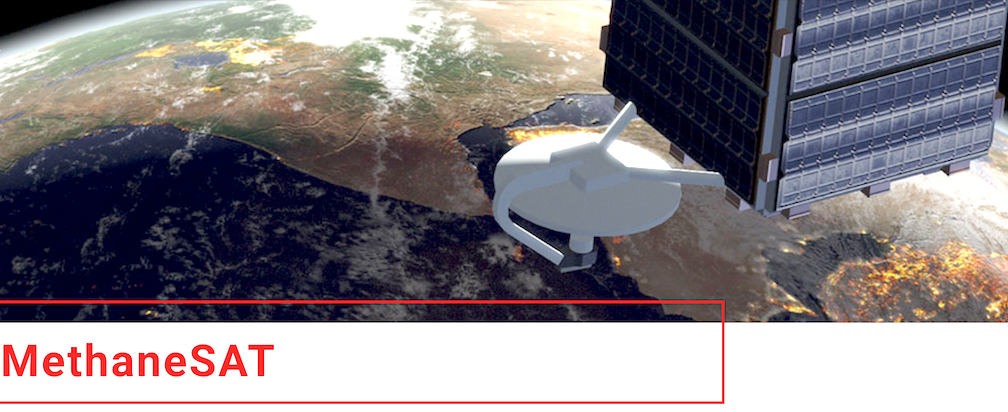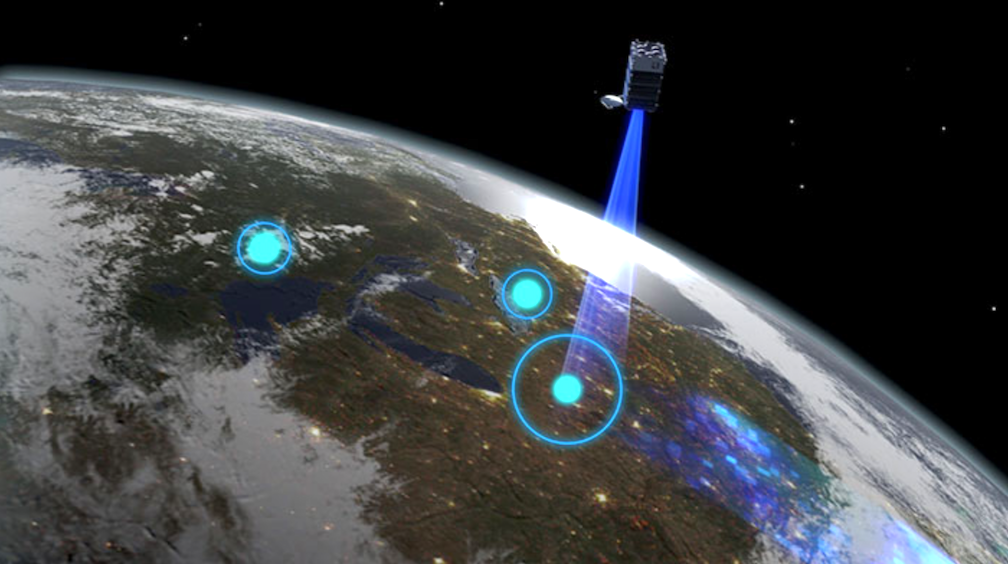
Partnerships and passion to ensure that methane emissions are tracked and documented has brought together partners from MethaneSAT LLC, Ball Aerospace and Harvard University, small satellite manufacturer and mission services provider Blue Canyon Technologies (BCT).
The team announced completion of the Critical Design Review (CDR) for the upcoming MethaneSAT mission. BCT is manufacturing the microsatellite for the groundbreaking mission. MethaneSAT is a subsidiary of the non-profit Environmental Defense Fund. The donor-funded mission will provide global, high-resolution detection and quantification of methane emissions from oil and gas facilities, as well as measure emissions from other human-generated methane sources. Methane is a potent greenhouse gas with over 80 times the warming power of carbon dioxide over the first 20 years that it is in the atmosphere.
The comprehensive data from MethaneSAT will be made available to the public, and provide companies, governments and other stakeholders with a new way to track, quantify and take actionable steps to reduce methane emissions.
The MethaneSAT Spacecraft Bus CDR took place over a two-day period and was conducted virtually to accommodate the ongoing COVID-19 impacts and to keep team members from each organization safe. With over 70 engineers and scientific partners participating, the CDR demonstrated that the spacecraft bus designs meet the proposed requirements. The CDR completes the third milestone which culminates in the spacecraft bus being delivered to Ball Aerospace for payload integration in September 2021.
“So much remains unknown about the true climate footprint of human beings. This mission will empower global leaders to make data-driven decisions about our fight against climate impact,” says Lorie Booth, Program Manager at Blue Canyon Technologies.
The satellite will be designed using BCT’s newest X-SAT line of spacecraft, specifically the X-SAT Saturn-Class which can carry payloads up to 200 kg. As with other buses included in the X-SAT product line, the Saturn-Class is a high-agility platform, enabling the onboard instrument to collect data and revisit sites frequently, a key capability for the MethaneSAT mission.

Current methane monitoring instruments have either a wide, global mapping capability or a sensitive, point-detection capability. MethaneSAT will provide much higher sensitivity and spatial resolution than today’s global mappers, combined with a far wider field of view than a point-source system. The X-SAT Saturn-Class’s compact profile is designed to maximize the volume, mass and power available for the unique new methane measuring instrument, which is being built by Ball Aerospace.
“Reducing methane emissions is critical to slowing the pace of climate change, and we’re proud that our small-satellite technology will help MethaneSAT and Environmental Defense Fund with this important mission,” says George Stafford, President and CEO of Blue Canyon Technologies. “Our technology will make it less expensive and quicker to launch, allowing them to collect more data sooner.”
Human-generated methane emissions are responsible for more than 25 percent of global warming we currently experience. EDF calculates that reducing global oil and gas methane emissions 45 percent by 2025 would deliver the same near-term benefit to the climate as closing 1,300 coal-fired power plants.
Blue Canyon’s diverse spacecraft platform has the proven capability to enable a broad range of missions and technological advances for the New Space economy, further reducing the barriers of space entry.
BCT is currently building more than 90 spacecraft for government, commercial and academic missions. The company has doubled in size over the past 12 months and recently opened its new 80,000-square-foot headquarters and production facility in Lafayette, Colorado.
